7 Nights / 8 Days
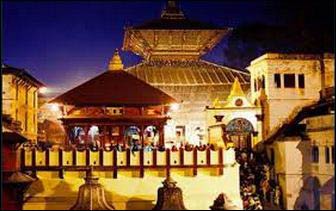
This package includes the destinations as Kathmandu,Bandipur and Pokhara.Services not mentioned in the itinerary.
All intrance fees at sightseeing places.
Airport tax,tips and gratitudes.
Personal expenses,lunch,dinner,beerages.
Portage at the airport.
Travel incurance.
Emergency evacuation charges.
Extra expences due to unavoidable circumstance beyond our control.24-0631-12
Arrival at Kathmandu International Airport.Meet assist and transfer to the hotel by our office representative in an exclusive vehicle.Take rest for the remaining day and overnight stay at the hotel in Kathmandu.
After breakfast around 7:30 we start our full day sightseeing of Kathmandu valley which are briefly stated belows.
1.Pashupatinath:
The magnificent temple of Lord Pashupatinath about 5 kms north-east of Kathmandu, is situated amidst many other temples on the right bank of the river Bagmati. Pashupathinath is the guardian spirit and the holiest of all Shiva shrines in Nepal.Lord Shiva is known by many different names; and Pashupati is one. Pashu means leaving beings, and Pati means master. In other words Pashupati is the master of all living beings of the universe. This is how lord Pashupati is eulogized in the Vedas, Upnisada and ohter religious books.The oldest ever chronicle in Nepal, Pashupati area is regarded as one of the most important places of pilgrimages for the followeres of Hinduism.
2.Boudhanath Stupa:
Boudhanath Stupa (or Bodnath Stupa) is the largest stupa in Nepal and the holiest Tibetan Buddhist temple outside Tibet. It is the center of Tibetan culture in Kathmandu and rich in Buddhist symbolism. The stupa is located in the town of Boudha, on the eastern outskirts of Kathmandu. Bodnath was probably built in the 14th century after the Mughal invasions; The five Buddhas also personify the five elements (earth, water, fire, air and ether), which are represented in the stupa's architecture. The base of the stupa consists of three large platforms, decreasing in size. These platforms symbolize Earth, and here you can look out at the mountains while listening to the chants of the devout doing kora, walking around the stupa praying.
3.Syambhunath Stupa:
After lunch we head atop a hill on the western edge of the Kathmandu Valley, the ancient Swayambunath Stupa (known to tourists as the Monkey Temple) is Kathmandu's most important Buddhist shrine. The sleepy, all-seeing Buddha eyes that stare out from the top have become the quintessential symbol of Nepal. hen this temple was founded about 2,000 years ago, Kathmandu Valley was filled with a great lake. According to Buddhist legend, a single perfect lotus grew in the center of the lake. When the bodhisattva Manjusri drained the lake with a slash of his sword, the lotus flower settled on top of the hill and magically transformed into the stupa. Thus it is known as the Self-Created (swayambhu) Stupa. The earliest written record of the Swayambunath Stupa's existence is a 5th-century stone inscription, but scholars believe there was probably a shrine here as early as the 1st century. Even before that, it is likely that animist rites took place on this hill. Swayambunath is one of Nepal's oldest Buddhist temples and it has an ancient atmosphere, especially when one approaches on foot with the pilgrims. The primary approach to the temple is from the eastern side, where 365 ancient steps lead up the steep forested hillside. The base is about a 20-minute walk from the center of Kathmandu. This staircase is the only route pilgrims would consider and is the most memorable way for any visitor to experience the stupa. However, an alternative is to drive or take a taxi to the west side, where there are only a few steps to climb to the top.
4.Budhanilakantha Temple:
Budhanilkantha Temple is located at the base of Shivapuri Hill within the Kathmandu valley on the northern side. It is also known as mystical Budhanilkantha temple or Narayanthan temple .Budhanilkantha literally means “Old Blue Throat”. It is only nine kilometer away from the main city. It is a deity of Lord Vishnu; Lord Vishnu is also known as Narayan.It is called Vishnu (Narayan) Jalasayan lying on Ananta Sesa, in the cosmic ocean. The deity is about thousand years old. Lord Vishnu is about five meter (Seventeen fits) long and lying in a thirteen meter (forty three fits) long tank, as if floating with his legs crossed with his sleeping body resting on the coils of Ananta and his 11 hooded head.His four hands hold the four symbols of Vishnu, the Shankha as conch shell, Chakra as disc,Gadha as club and Padma as lotus flower. It is believe that the deity was carved in the seventh or eighth century during the Licchavi period. Hindus can walk down the steps and touch his feet. It is with the sacredness of this particular god that a deep seated belief was created by King Pratap Malla through a prophetic dream. It was his strong belief and fear that should the King of Nepal visit the Budhanilkantha temple, death would be threatening immediately to fall upon his departure. The two other images of the deity which were carved during the same time lie at two particular destinationa, the Balaju Garden were public viewing can take place and the beautiful Royal Palace in Kathmandu.It is here at Budhanilkantha temple, however that public is not permitted.
Overnight stay at a hotel in Kathmandu.
Drive to Bandipur; a unique geographical formation of Nepal.Overnight at the hotel.
Here is a brief driscription about todays half day visit of Bandipur:
Bandipur is located at 27.56 N, 84.25 E and an elevation of 1030m on a mountain saddle (Mahabharat range) approximately 700m above the Marsyangdi River Valley, 143 km to the west of Kathmandu and 80 km to the east of Pokhara. Since 1998 it is connected by an 8 km access road from Dumre (Kathmandu-Pokhara highway). Until then there was only an unreliable road, in monsoon usually not accessible or only by tractors. The mountain saddle, just 200m long, is barely wide enough to accommodate the main street lined by 2 –3 storey buildings on either side. At the backsides of these houses the mountainsides steeply descend and the gardens are only accessible by stairs.
History:
Bandipur was established as a funnelling point of trade by Newar traders from Bhaktapur in the Kathmandu valley after it had been conquered in 1768 by Prithvi Narayan Shah. They took advantage of its malaria free location to develop it into an important stop along the India-Tibet trade route. With them they brought their cultural heritage and architecture which basically has remained unchanged to this day.
Originally a simple Magar village in the early 19th. Century Bandipur developed into prosperous trading centre and a community with town-like features: substantial buildings, with their neoclassical façades and shuttered windows and streets paved with slabs of silverish slate. Bandipur had its heyday in the Rana times (1846-1951), when, as a measure of its power and prestige, it was granted special permission to have its own library (still existing).
Early afternoon leave for pokhara.Check-in to the hotel and overnight at pokhara.
After breakfast we proceed towards sightseeing in Pokhara.Here is abrief driscription of todays sightseeing.
Sarangkot:
Sarangkot is the most popular tourist destination from where the tourist can enjoy the great view of the Pokhara Valley and the magnificent view of the mountains. Sarangkot is only 5 km from Lake Side, Pokhara. Sarangkot is the highest view point for a sunrise and it is just 1592m high. Sarangkot is 5 degrees cooler than Pokhara. Sarangkot can be reached easily by 45 minutes by a car ride to the top from Pokhara and then 45 minutes hike up to the main view point. Many tourists come to Sarangkot for sunrise view and go back after few hours but it will be good if tourist stay there for one night and enjoy the view and city light of Pokhara from Sarangkot. Paragliding can also be done from Sarangkot. From Sarangkot, on the northern direction we can see Dhaulagiri in the far west. Annapurna range is visible when the weather is clear on the same side. On the southern direction the village overlooks the city of Pokhara and its lake on the north-western outskirts of the city.
Davi’s Falls:
Davis Falls is a waterfall located at Pokhara in Kaski District, Nepal. An interesting aspect of the falls is that the water travels through a natural tunnel prior. The water from the fall flow about 500 feets through the natural tunnel at the depth of 100 feets from ground level. In the year 1961, a Swiss tourist who was just swimming in the Phewa Lake was swept away due to the unexpected overflow in the dam water and her husband was helpless. Thus, her body was never recovered and was vanished forever.Then the fall was named after her name as Davis Falls . In Nepali it is also called Patale Chango, which mean underground Waterfall. As, the name given the water flows under the ground through its natural tunnel of 500 feets from the fall made by the water currents beneath the land. The water passes through the cave called Gupteshwor Mahadevcave beneath the land. The source of water is provided through the dam of Phewa Lake and in the rainy seasons the rise in the water level increases the flow and density of water in this fall. The natural scenery is very impressive.
Gupteshwar Cave:
The Gupteshwar Cave is a sacred tourist destination. It is around two kilometers away from the Pokhara Airport. A symbolic Shivalinga is preserved in the cave. The cave has divided into two sections. One part of the cave is 40 meters in length with natural caves and the Shivalinga. The entrance is 2 meters high and 3 meters wide. The cave begins with few hall rooms which have many passages. Some of the passages are so small that one needs to crawl. To reach the shrine a thousand stairs have to be climbed. The Shivalinga inside the cave is said to be in the same condition since it was explored. This shrine is said to have certain healing powers. Hence many people visit it once in a year to be healed. The second part begins after this temple. It leads to the Davis Fall. Inside the cave photography is not allowed.
Fewa Lake:
Fewa Lake is a freshwater lake in Nepal located in the south of the Pokhara Valley that includesPokhara city; parts of Sarangkot and Kaskikot. The lake is stream-fed but a dam regulates the water reserve, therefore, the lake is classified as semi-natural freshwater lake. It is the second largest lake in Nepal, the largest in Gandaki Zone followed by Begnas Lake. Phewa lake is located at an altitude of 742 m (2,434 ft) it covers an area of about 5.23 km2 (2.0 sq mi) with an average depth of about 8.6 m (28 ft) with maximum water depth is 24 m (79 ft). Maximum water capacity of the lake is approximately 43,000,000 cubic metres (35,000 acre•ft). The Annapurna range on the north is only about 28 km (linear distance) away from the lake, and the lake is famous for the reflection of mount Machhapuchhre and other mountain peaks of the Annapurna and Dhaulagiri ranges on its surface. The Taal Barahi Temple is situated on an island in the lake.
Overnight stay at pokhara.
After breakfast we proceed towards todays sightseeing places.Here is a brief description about todays sightseeing places in pokhara
INTERNATIONAL MOUNTAIN MUSEUM:
While in Pokhara make it a point to visit the International Mountain Museum (IMM) that records, documents, exhibits and chronicles the past and the present development of mountains and mountaineering activities in the world. Built by Nepal Mountaineering Association (NMA), much support was received from various mountaineering clubs and associations as well as individual donors from around the world. The museum primarily provides information and exhibits everything related to Man, Mountain and Mountain activities from around the world.
IMM situated in Pokhara was opened on February 5, 2004. The Musuem is spread over a total floor area of 4,242 sq meter on 12.5 acres of land. The museum contains three main exhibitions halls - Hall of Great Himalayas, Hall of Fame and Hall of World Mountains. It also contains models of famous peaks, mannequins of famous mountaineers, culture and lifestyle of mountain people, flora and fauna including geoloy. The museum has been built with the theme of man, mountains and mountaineering. The museum also has model Nepali houses constructed in its premises.
Bindabasini Temple:
Standing proudly atop a hill, this striking temple looks calmly over the bustling city of Pokhara.
The white pagoda-styled building of the Hindu Bindabasini Temple quietly sits at some 3000 feet above sea level along the renowned Annapurna and Machhpuchhare mountain ranges. It is located near the busy Old Bazaar of Pokhara, a center of commerce in the Himalayas.
Bindabasini temple or Bindhyabasini Mandir is of great religious importance to Hindus living in the Pokhara region. It is a vital hub of religious fervor. The temple itself is dedicated to the Hindu goddess Durga, who is Pokhara's chosen guardian deity. Durga, also known as Shakti or Kali has numerous manifestations and at the Bindabasini temple she is seen as Bhagwati, a blood-thirsty aspect of the goddess. Durga appears in the form of a Saligram. A Saligram, according to Hindu mythology is an propitious stone. It is said that the temple was created after the goddess ordered king Khadag Bum Malla to set up a her statue here. The Bindabasini temple was then founded in BS 1845. Since its establishment, Bhagwati has been an object of worship here on a daily basis. Animal sacrifices are typically presented at the temple on Saturdays and Tuesdays. The Hindu festival of Dashain sees large numbers of believers coming to offer sacrifices at Binhyabasini Mandir. Indeed, there is little space for tourist during the festival of Dashain.
The ornate structure of Bindabasini Temple is surrounded by a park-like landscape. Many come here to enjoy pleasant picnics whilst enjoying the amazing panorama. Spectacular views can be absorbed from this marvelous vantage point which looks out over the town of Pokhara and takes in some of the impressive Himalayas. Adding to the peaceful atmosphere is the fresh scent of “Dhup”.
Old bazzar:
A stark contrast to Lakeside Pokhara, the old Pokhara Bazaar, 4 km away from Phewa Lake, is a traditional bazaar and a colorful gathering place for an ethnically diverse group of traders. The temples and monuments bear a close resemblance to the Newari architecture of the Kathmandu Valley. The old bazaar is also home to one of Pokhara’s most important shrines, the Bindhyabasini Mandir, a white dome-like structure atop a hill.
Overnight stay at a hotel in Pokhara.
Proeed towards airport and fly back to Kathmandu after breakfast.Take rest for the day.Overnight stay at the hotel.
End of our services with departure transfer to the airport to board flight for your onward destination.
| No of pax | Age Limit | Price per pax (Rs) |
|---|---|---|
| Adult | Above 12 years | $ 631 / Adult |
Three star combination
| 2-3 pax | $631.00 |
| 4-10 pax | $584.00 |
| 11-19 pax | $506.00 |
| 20+ | $473.00 |
Four star combination
| 2-3 pax | $682.00 |
| 4-10 pax | $635.00 |
| 11-19 pax | $557.00 |
| 20+ | $524.00 |
Five star combination
| 2-3 pax | $892.00 |
| 4-10 pax | $845.00 |
| 11-19 pax | $767.00 |
| 20+ | $734.00 |
A Travel Company Established as per Tourism Act of Government of Nepal. We Deals in Car & Coach Rental, Tour Operators, Hotel Booking Services. Read More...
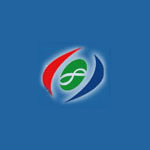
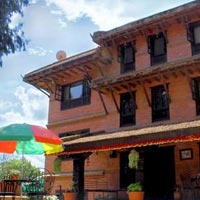 4D/3N
4D/3N
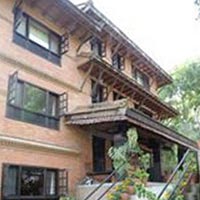 5D/4N
5D/4N
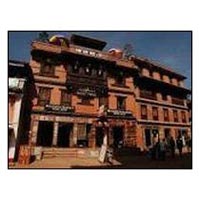 4D/3N
4D/3N
 5D/4N
5D/4N
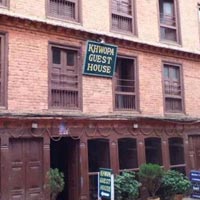 4D/3N
4D/3N
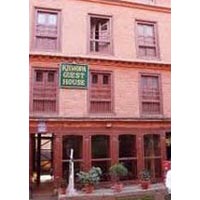 5D/4N
5D/4N
 4D/3N
4D/3N
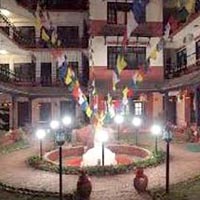 4D/3N
4D/3N
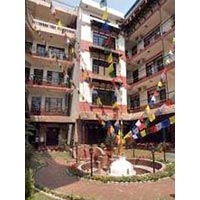 5D/4N
5D/4N
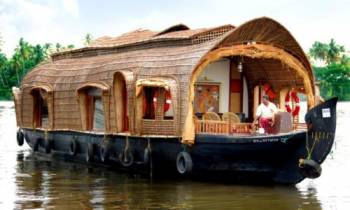 8D/7N
8D/7N
 8D/7N
8D/7N
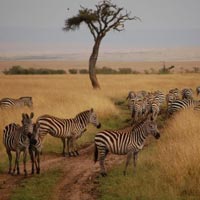 8D/7N
8D/7N
 8D/7N
8D/7N
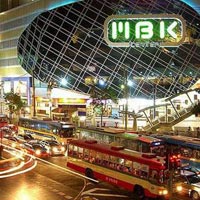 8D/7N
8D/7N
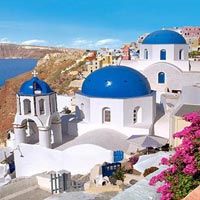 8D/7N
8D/7N
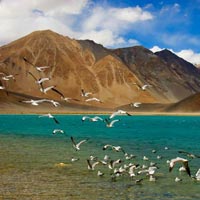 8D/7N
8D/7N
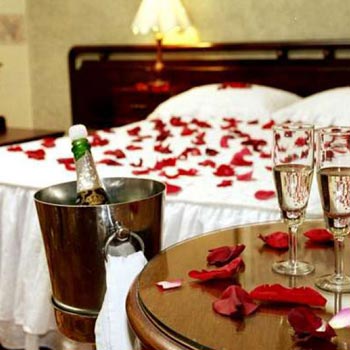 8D/7N
8D/7N
Delhi Shimla Manali Honymoon Package
New Delhi - Shimla - Manali - Chandigarh City
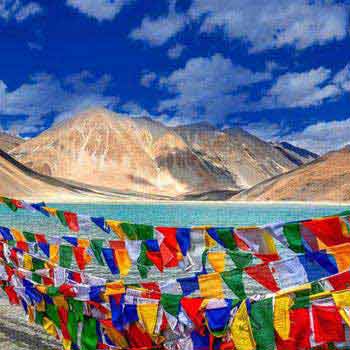 8D/7N
8D/7N
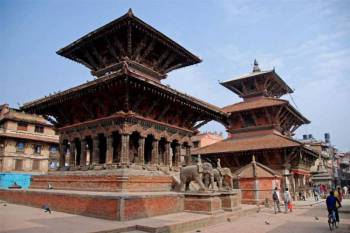 12D/11N
12D/11N
11 Nights - 12 Days Nepal Tour Package - 2
Prayagraj - Gorakhpur - Varanasi - Ayodhya - Kathmandu - Pokhara - Chitwan - janakpur
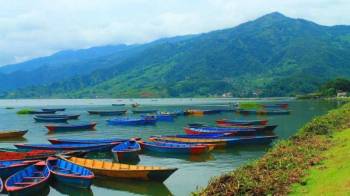 12D/11N
12D/11N
11 Nights - 12 Days Nepal Tour From Gora..
Prayagraj - Gorakhpur - Varanasi - Ayodhya - Kathmandu - Pokhara - Chitwan - janakpur
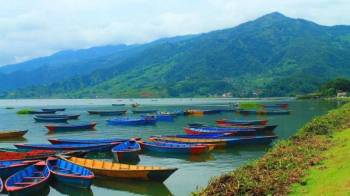 12D/11N
12D/11N
11 Nights - 12 Days Nepal Tour From Gora..
Prayagraj - Gorakhpur - Varanasi - Ayodhya - Kathmandu - Pokhara - Chitwan - janakpur
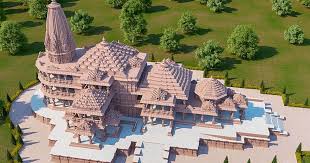 12D/11N
12D/11N
Prayagraj - Varanasi - Bodhgaya - Ayodhya - Pokhara - Chitwan - Parsa
 8D/7N
8D/7N
8D Kathmandu - Chitwan - Pokhara - Lumbi..
Kathmandu - Pokhara - Lumbini - Chitwan - janakpur
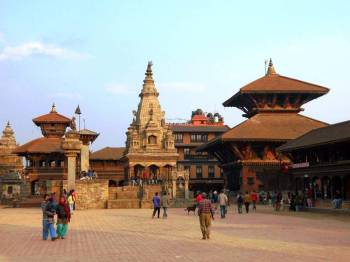 3D/2N
3D/2N
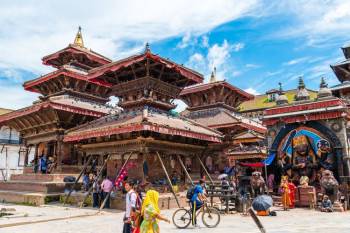 6D/5N
6D/5N
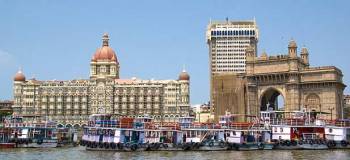 18D/17N
18D/17N
Best of North & West India with Nepal Tour
Mumbai - Kathmandu - New Delhi - Jaipur - Fatehpur Sikri - Agra - Jhansi - Varanasi..